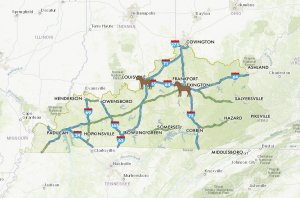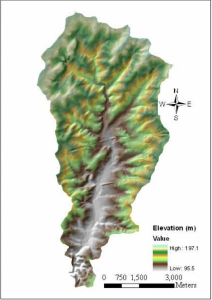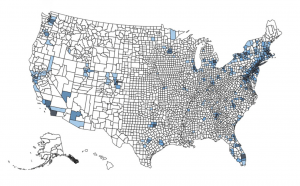For my first application, I created a map that allows people to view the major Kentucky roadways in relation to the major horse racing tracks in Kentucky. I am from Louisville, KY so this was something I enjoyed a lot. People travel from literally all over the world to go to the Kentucky Derby and since Oaks and Derby are happening today and tomorrow I figured it was fitting enough to investigate. The app allows people to get the basic information about the racing complexes and some basic history surrounding them, as well as the road formations and when they occurred. For some reason, I could not get the link to function so I included a screenshot.

My second application was about worldwide animal studies. I created a survey for people to respond to with their favorite animals and places they are located. I also asked where people would go if they had the opportunity to go study animals in forests/ocean climates and why. I will actually use this survey to help me decide where to go pursue my animal science studies!

